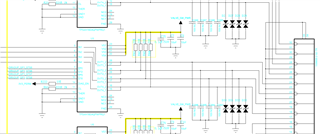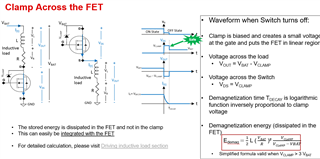Dear TI experts,
We use TPS4H160-Q1 to drive multiple solenoid valves (inductive loads), each solenoid valve has a power of 5.5W, now we use bidirectional TVS to connect the OUTx port to deal with surge energy, instead of zener diodes, is this OK? How should the maximum power of the TVS be determined? Please help give some suggestions, many thanks!



